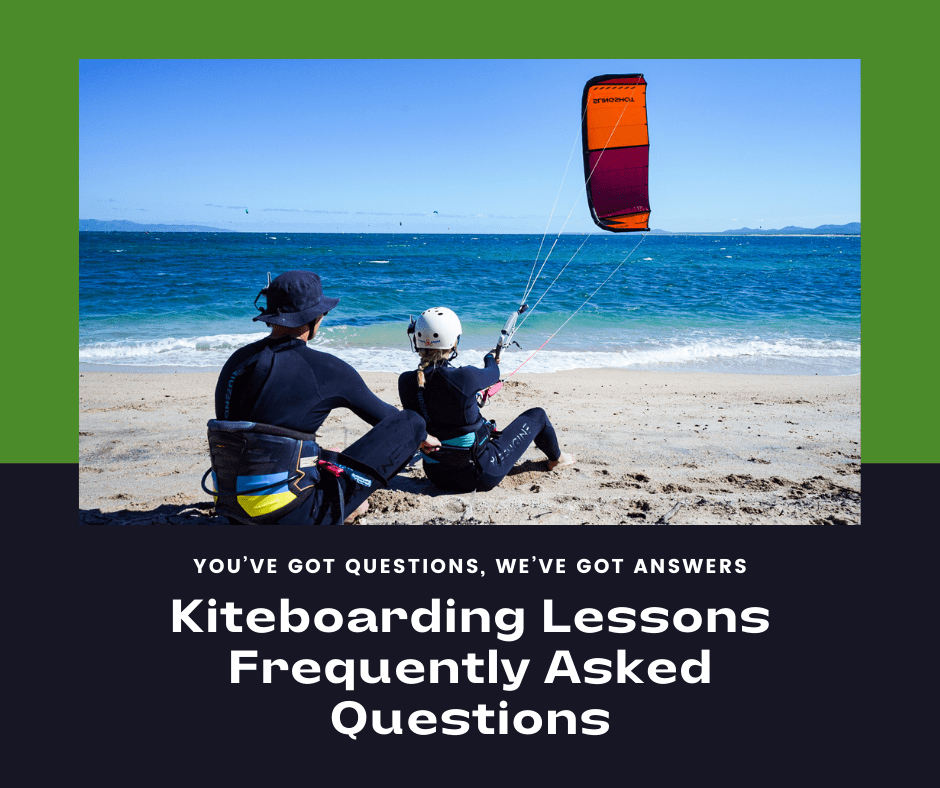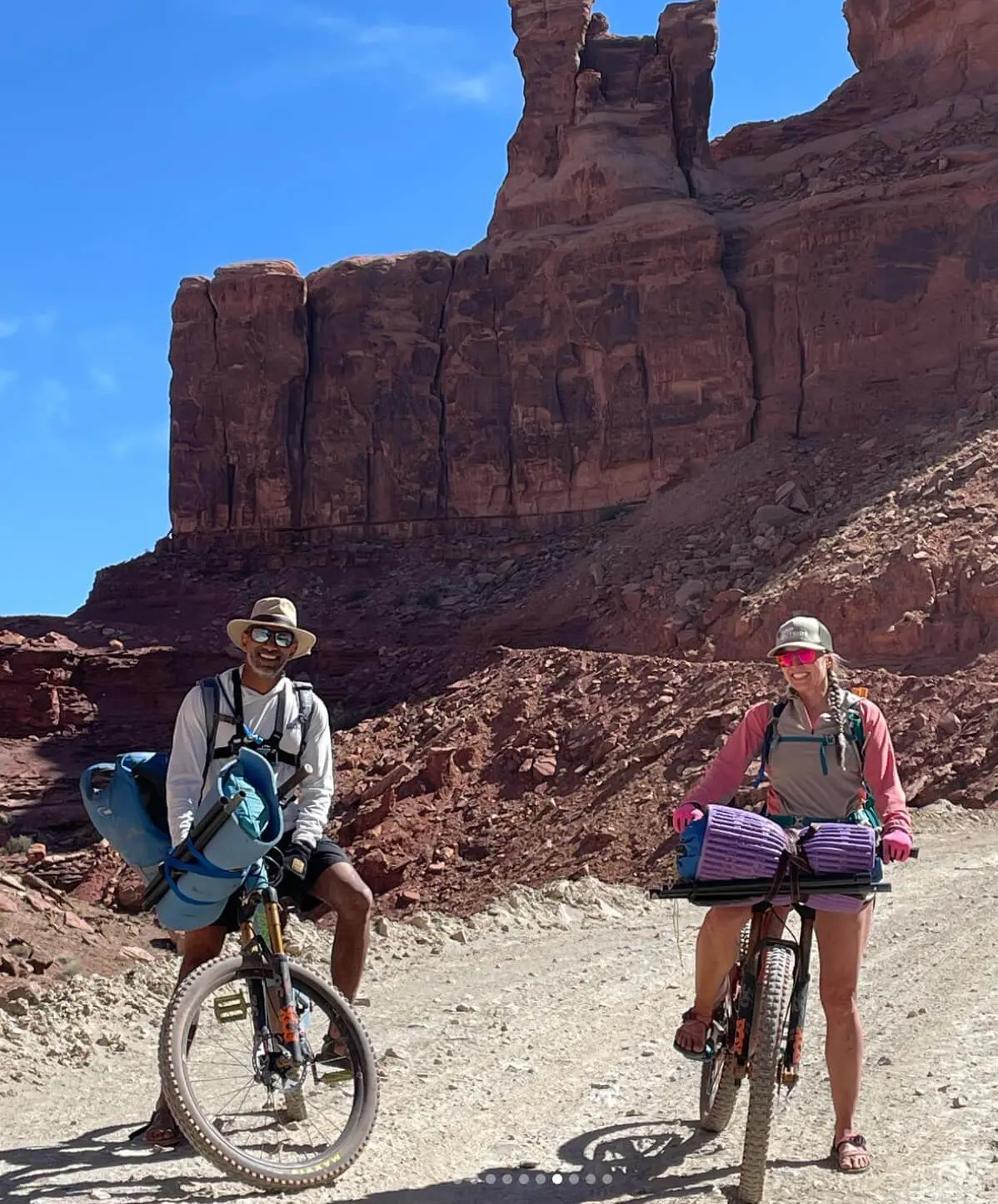We have interviewed our local expert kiteboarding schools and partners in some of the top kiting destinations to answer your top kiteboarding FAQs!
This comprehensive list of questions and answers kiteboarding lessons covers many of the common questions that students have before taking kiteboarding (also known as kitesurfing) lessons. We hope that you find this resource helpful. Feel free to let us know what we may have missed by emailing us! Thanks for reading and sharing this guide.





